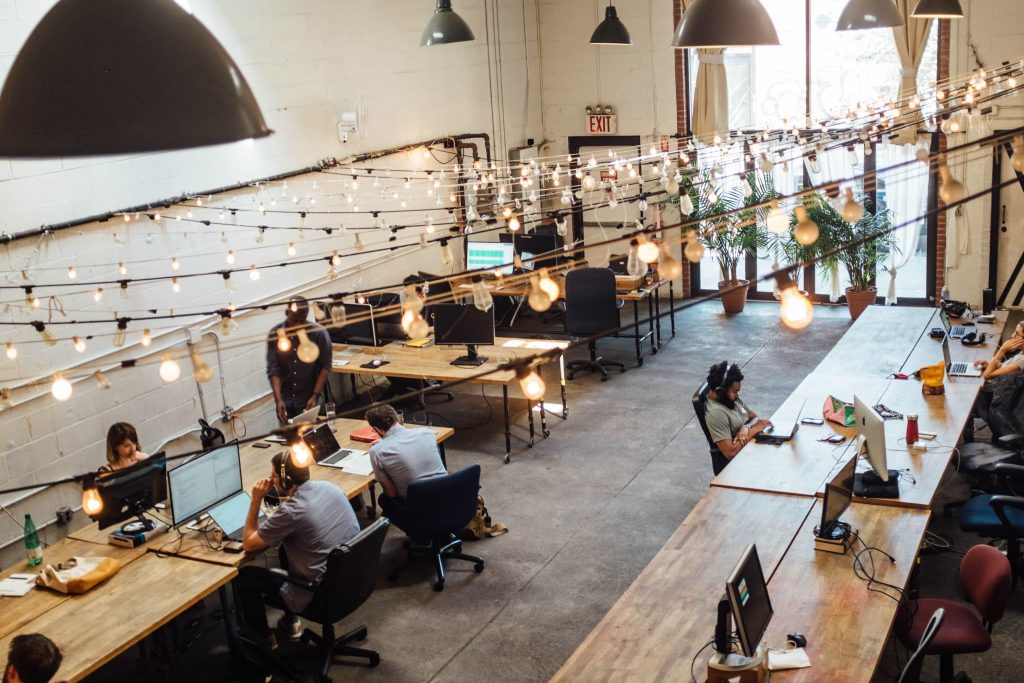The world is changing at a breakneck pace, and the pandemic’s onslaught has accelerated the pace of change, including shifts in the real estate sector. Apart from consumers’ altered purchasing behaviors, various markets are now welcoming millennial customers and adapting their sales strategies accordingly.
This shift in the Philippine real estate industry will become more apparent in 2022 or the following year. If you’re considering purchasing a condominium as an investment, it’s beneficial to be aware of emerging real estate trends to plan your purchase appropriately. Listed below are a few of them.
1. BPO Firms will Continue to be the Largest Purchasers
In 2022, the business process outsourcing (BPO) industry is likely to further boost real estate investment. With more foreign companies relocating their offshoring and outsourcing operations to the Philippines, the leasing of condominiums and other properties is expected to increase significantly over the next 18 months.
While the COVID-19 pandemic crippled many businesses, the business process outsourcing industry has continued to grow. The Philippine Economic Zone Authority reported a 37% increase in investor pledges for information technology and business process management. It increased from Php8.32 billion in 2019 to Php11.4 billion in 2020.
With these increasing numbers, we can anticipate a rise in the real estate industry’s purchase and lease rates in 2022.
2. There will be an Increase in the Number of Co-working Spaces

Due to the growing popularity of coworking spaces, businesses are looking to lease additional space, complementing their headquarters with satellite offices located near their employees’ homes. This shift is almost certain to benefit coworking spaces.
Coworking enables diverse groups of remote workers, freelancers, and other independent professionals to collaborate in a shared workspace, which provides them with increased convenience. This is a departure from the conventional office layout. After the pandemic is over, people may lose interest in returning to congested central business districts.
Interestingly, Colliers Philippines forecasts a 10% increase in flexible workspaces over the next three years. One reason is that co-working spaces are now seen as a viable option for multinational outsourcing companies seeking flexibility.
Suggested Read: How Pandemic Changes the Real Estate in the Philippines
3. Foreign Investors will Increase their Presence
Foreign investments totaled Php36.49 billion in the country at the start of the year. The US committed Php13.4 billion, while Taiwan and Japan pledged Php4.4 billion and Php4.3 billion, respectively, according to the Philippine Statistics Authority. Additionally, approved projects are expected to result in the creation of 24,239 jobs.
With increased job creation, demand for additional workspaces is likely to increase significantly. Businesses will need to lease space for industrial and commercial purposes. Employment, as they say, drives the real estate industry.
4. Increased Real Estate Investment by OFWs
The Philippines is one of the world’s largest recipients of remittances. In 2020, overseas Filipino workers will send $29.9 billion home to their families. Each year, the figures continue to rise, enabling a greater number of Filipinos to purchase real estate.
When your financial capacity increases, it becomes easier to own a condo or purchase a house. It is entirely up to you whether to view this as a private space or a business opportunity.
5. Developers are Refocusing their efforts on Green Spaces
The pandemic has inspired some of us to consider how we might seize this moment to rise to the occasion and create sustainable workspaces. For example, businesses are examining alternative methods of reshaping the workplace.
The pandemic has prompted businesses in Metro Manila to adopt sustainable workspaces, increasing office leasing demand. Indeed, it is anticipated that approximately 37% of new buildings operating in the next few years will be wellness certified.
What’s exciting is that this demonstrates the beginning of a trend toward sanitary redesign. Materials such as iron and steel will almost certainly be phased out in favor of copper, which is more sustainable and has antibacterial properties. Ventilation systems will be installed to direct airflow downward rather than upward. Additionally, the pandemic has elevated hand sanitizers to a necessary desk item.
Suggested Read:
6. Millennials make up the Lion’s Share of Property Buyers

According to surveys, the majority of prospective home buyers are millennials aged 25 to 34. This is due to their prowess with technology.
Indeed, this digital generation frequently uses their smartphones for almost everything, from shopping for fashion to ordering pizza and, more recently, house hunting. With a single tap on the phone, it’s simple to search for properties and communicate with a real estate agent.
Suggested Read: Tips for Millennials Before Buying a Condo
7. Microcities are Gaining Popularity
Even developers are evolving to accommodate the growing number of millennial homebuyers. Microcities, which are gaining popularity, is an example.
Microcities, similar to Cebu IT Park, is “cities within cities” designed to meet the needs of millennial residents. These areas are densely packed with cutting-edge amenities and are structured to meet the demands of the twenty-first century. With millennials constantly changing jobs, developers have created communities where these young employees can live, play, and settle down close to their place of employment.
8. Online Real Estate Purchasing Persists

Even before the pandemic, several generations of millennials and others were migrating online to access goods and services. From everyday necessities such as food to long-term investments such as a house, online shopping websites have become a popular destination for Filipinos.
With the COVID-19-related restrictions, online shopping became more prevalent, and it will continue to be so even after the health crisis is over.
It was reported by NielsenIQ that 67% of buyers who purchased via online platforms indicated they would continue to do so even if virus-related restrictions were lifted. According to the company’s consumer intelligence head in the Philippines, the trend indicates a “more permanent shift toward a brick-and-click shopping behavior in which both formats have an impact on the final purchase decision.”
Suggested Read: 8 Reasons To Invest In Real Estate Amidst Global Pandemic
The post-COVID Transformation of Real Estate
Increased demand for office, commercial, and industrial space, combined with the changes brought about by the pandemic, is transforming the real estate industry into a more practical and sustainable sector. With technology simplifying the home-buying process for users, the real estate industry is poised to thrive in the coming decades.
Are you looking for well-constructed condominiums? Camella Manors is a Philippine real estate company that specializes in high-quality condominiums located in prime locations outside of Metro Manila. Today, take a look at a high-quality condo for sale units!
Suggested Read: How To Become Successful In Real Estate Investment

